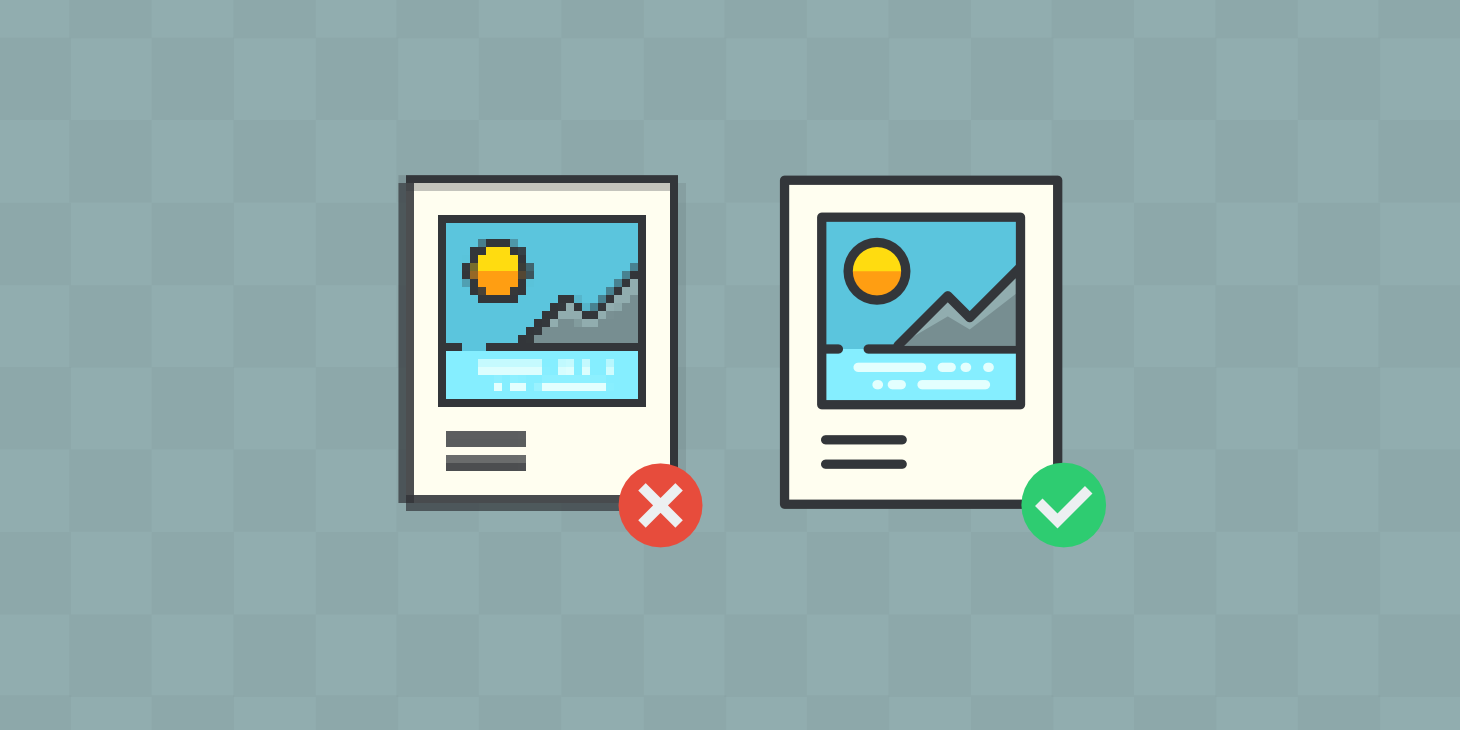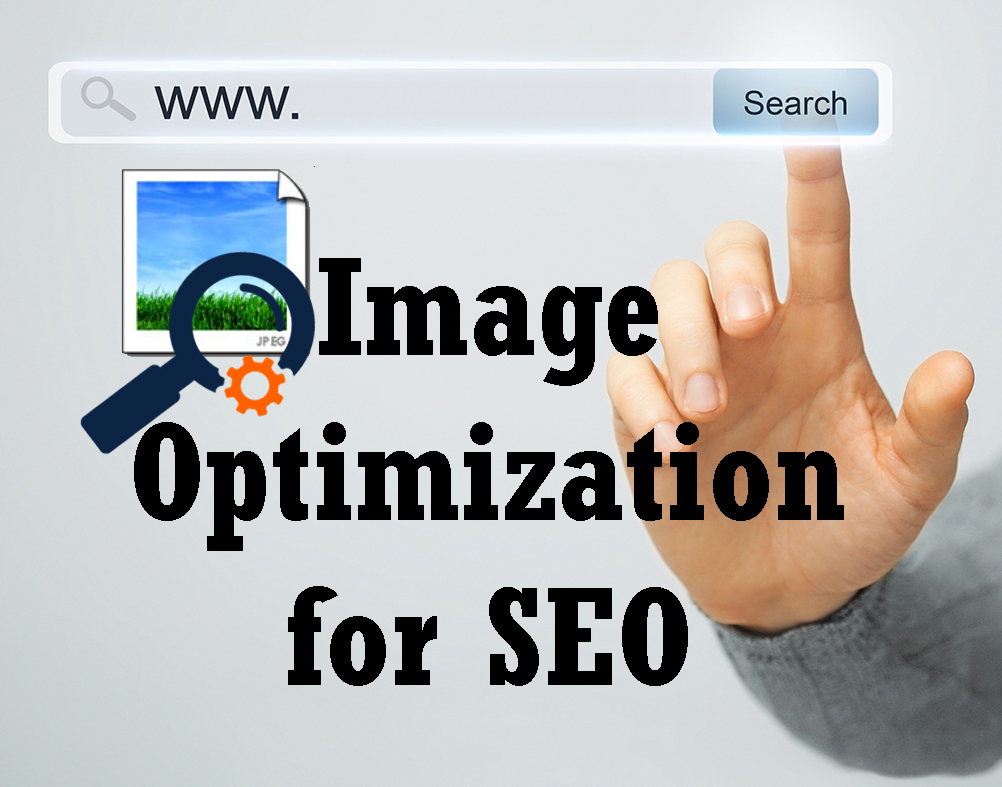Images are as crucial as the high-quality and engaging content you create. Texts won’t attract as much attention as illustrations, infographics, and such. Pictures can influence and bring in traffic through image-search results. Images are the supplement that your text content requires to attract people. However, it is mandatory for you to optimize images for human users as well as search engines. Images need SEO as much as any other format of web content. Here you will learn how to use pictures and illustrations to complement your on on-page SEO.

The choice of images
Your webpage needs to be an engaging one which provides genuine satisfaction to the viewers. Then again, nobody likes staring at paragraphs of texts because they appear unattractive and bland. Images bring in the kick which is missing in your content. The choice of pictures is almost as crucial as the methods of optimizing it. Select the images strategically so that they have the same subject as your articles and blogs. The pictures should emphasize the point you’re trying to make. Finally, the images should enhance the experience instead of disrupting it. You should try to use your own photos, but you can also source them from free websites.

The names of the files
Once you procure all the images, you have to give them the correct filename. It is the focal point from which the optimization begins. The right filename will prove beneficial to the SEO of the page. You should never use the default filename of the illustrations unless it is utterly unavoidable. While using multiple words as a filename, separate them with hyphens instead of underscores. Any human will use spaces while typing their search parameters. The use of hyphens allows the search engines to determine the topic of the search. Create a descriptive and accurate filename and add in as many details in it as possible. Also, make sure that you’re using keywords naturally. Never use an excess of keywords or irrelevant ones either.

Attributes and titles
Alternative attributes and image titles go on the image tab. You must use these alt attributes to provide as much detail about the images as possible. However, the information here should differ from the one you added in the filename. Alt text descriptions of pictures are for someone who can’t see it. Not all your viewers will use image browsers. Some will resort to text-only search engines. Alt text is also for visually impaired folks. Alternative attributes, mainly the texts are one of the crucial aspects of image SEO. Prominent search engines and browsers have an entire heading dedicated to image publishing strategies.

Size of the images
The speed of the webpage is yet another vital part of SEO and UX. People don’t like it when pages take too much time to load. You can reduce the size of the illustrations as much as possible without damaging the qualities. It is an excellent way of improving the speed of the page. You should use image editing tools to reduce the size without compromising on quality. You must also rely on page speed determiner tools provided by search engines.






